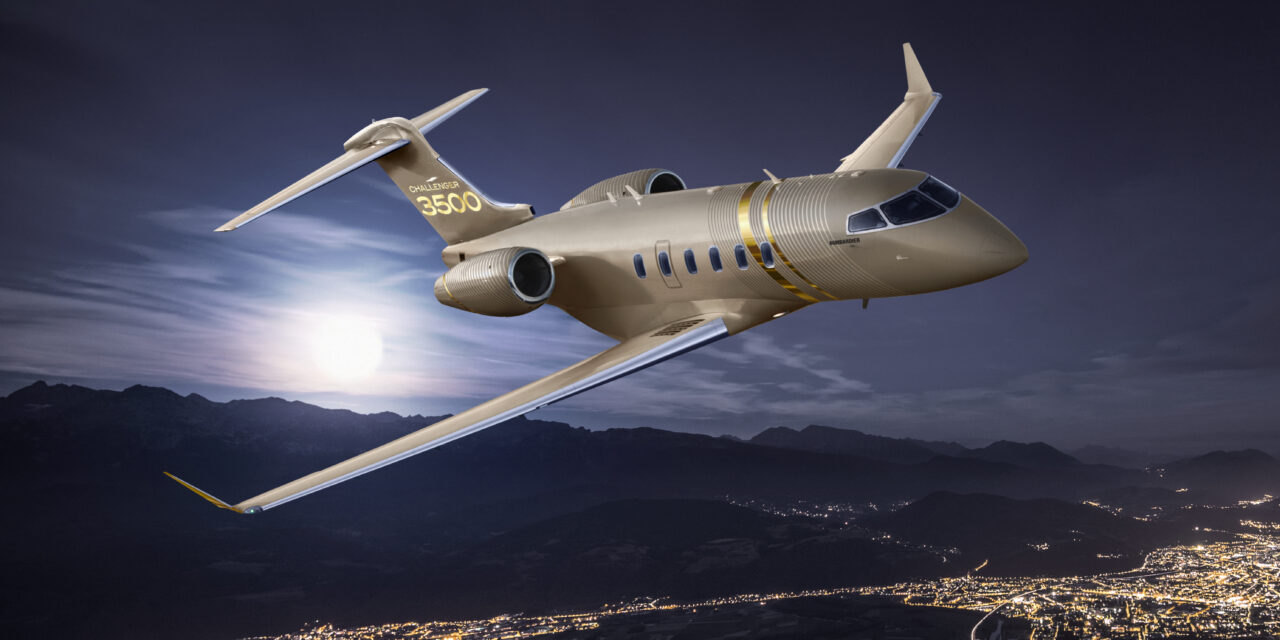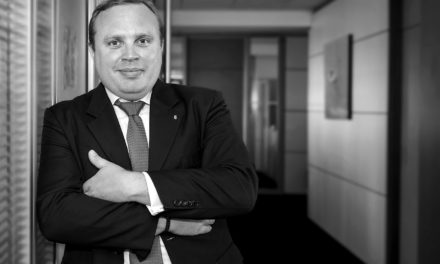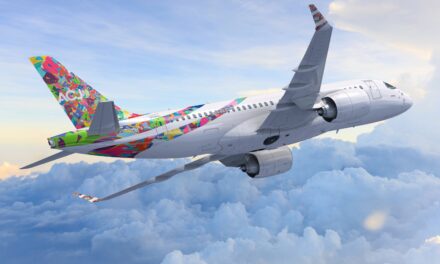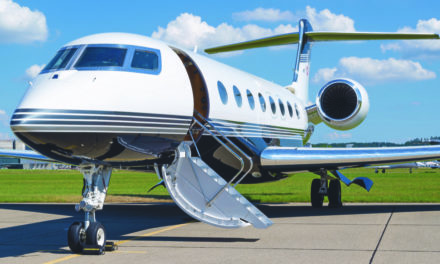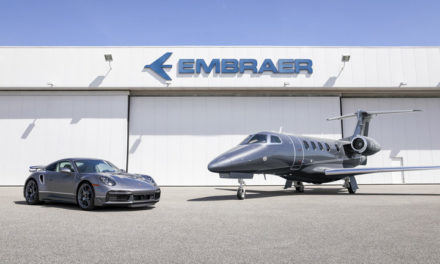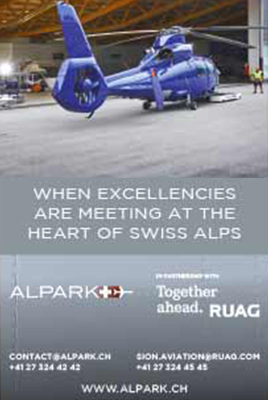By Fred Vergneres
With more than 900 Challengers in service worldwide, Bombardier has unveiled the Challenger 3500. A new integration of its super-intermediate Challenger 350 jet launched in 2014.
For Bombardier, which has focused its entire industrial activity on business aviation in 2020, the launch of this new model is strategic. The Challenger 3500 is designed to renew the company’s business jet lineup with a low development cost. This is an effective way to respond to a market that has been hit by the health crisis, but which has seen an encouraging upturn in recent months.
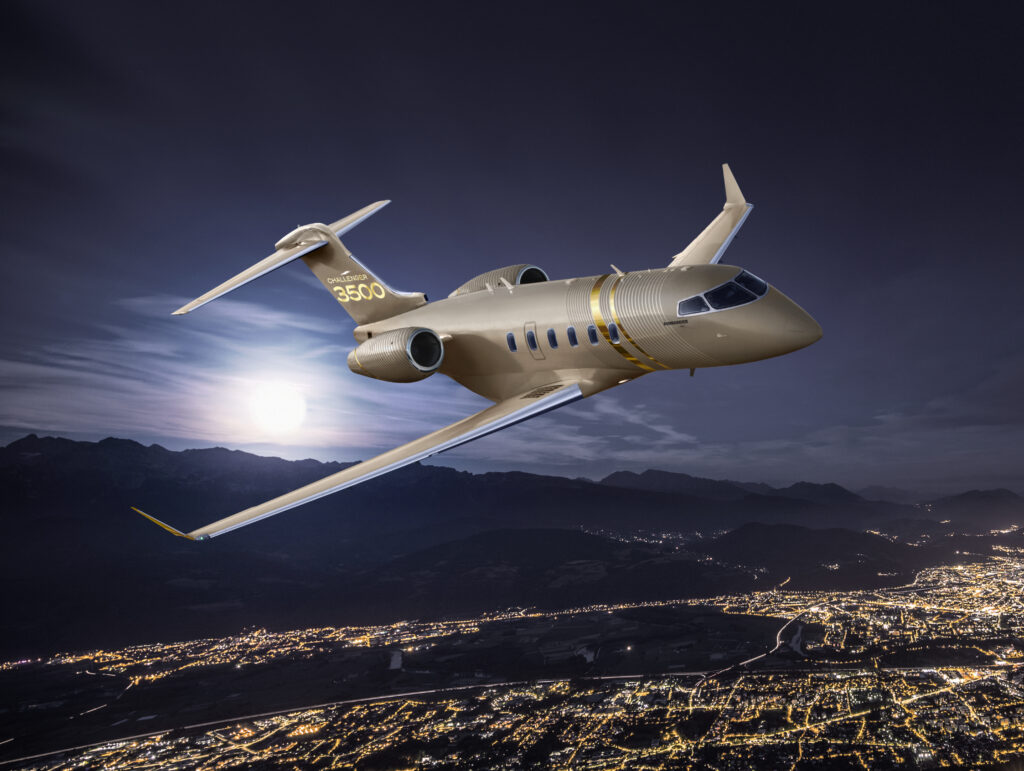
“Nuage” in the heart of the cabin
An advanced version of the Challenger 350 aircraft, the Challenger 3500 offers a redesigned cabin, featuring an eco-friendly design that combines comfort and functionality. To achieve this, Bombardier has integrated the “Nuage” seat, originally developed for the Global 7500, into the twin-engine aircraft’s interior design. The Canadian aircraft manufacturer says, “This is the first time a seat of this quality has been offered in the super midsize aircraft category.” As part of this overall approach to passenger comfort, the new business jet will offer a cabin altitude of 41,000 feet, 4,850 feet lower than the Challenger 350 aircraft, representing a 31% improvement.
In addition, the Challenger 3500 offers several innovative technology features, such as in-cabin voice commands to control lighting, temperature and entertainment systems; wireless chargers throughout the cabin; and 24-inch 4K displays.
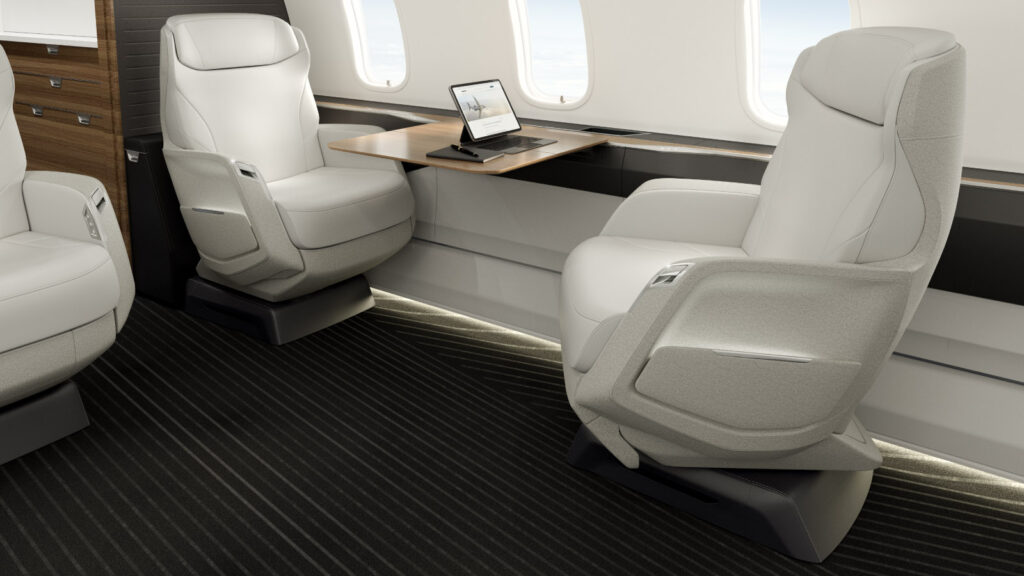
New cockpit
In the Challenger 3500’s cockpit, Bombardier has integrated an autothrottle system into the basic equipment, which is the most comprehensive in its class.
“We are delighted to launch a business aircraft that delivers all the best elements of the Challenger platform – impressive performance, consistent reliability and exceptionally smooth flight – and enhances the cabin experience for customers,” said Eric Martel, President and CEO, Bombardier. “The Challenger 3500 builds on the success of the Global 7500 cabin to deliver a truly exceptional cabin experience.”
The new aircraft allows the Canadian manufacturer to continue to rely on a large pool of suppliers around the world, including FACC, which operates in Australia and Laval, Quebec. FACC manufactures the cabinets and other key components of the Challenger 3500 cabin, such as sidewalls, overhead trim, bulkheads and passenger service units.
An environmentally responsible aircraft
According to Bombardier, the new Challenger has been designed with environmental responsibility in mind. Following Bombardier’s latest effort to make the Global 7500 aircraft the first-ever business aircraft to be subject to an Environmental Product Declaration (EPD), the Challenger 3500 aircraft will be the first in its class to also be subject to an EPD. In addition to this important life-cycle environmental statement, Bombardier says it has launched other environmentally friendly initiatives, including an offer of a range of environmentally responsible cabin interior design materials to its customers.
At the same time, and to provide another new eco-friendly initiative in the business aviation landscape, the aircraft manufacturer has developed the industry’s first-ever eco App. The application was developed by SITA, a leading provider of information and communication technologies to the airline industry. It is based on the current eWAS Pilot solution with OptiFlight. This innovative tool is specifically designed to optimize flight plans and reduce fuel consumption, thereby further reducing the aircraft’s impact on the environment. In line with Bombardier’s environmental objectives, the Challenger 3500 aircraft flight test program uses an innovative sustainability approach developed by World Fuel Services. The solution partially reduces the carbon emissions from the fuel generated during test flights through a reservation and credit program to purchase sustainable aviation fuel and then becomes carbon neutral by earning carbon credits to balance the remaining carbon emissions from the jet fuel.
The new business jet is expected to enter service in the second half of 2022 and will list for $26.7 million, the same price as the 350.

